The 30 Best Films of the 21st Century — Part 1: #30-#16
UPDATED to add the missing entry! The 21st century has produced many remarkable films. These are our favorites.
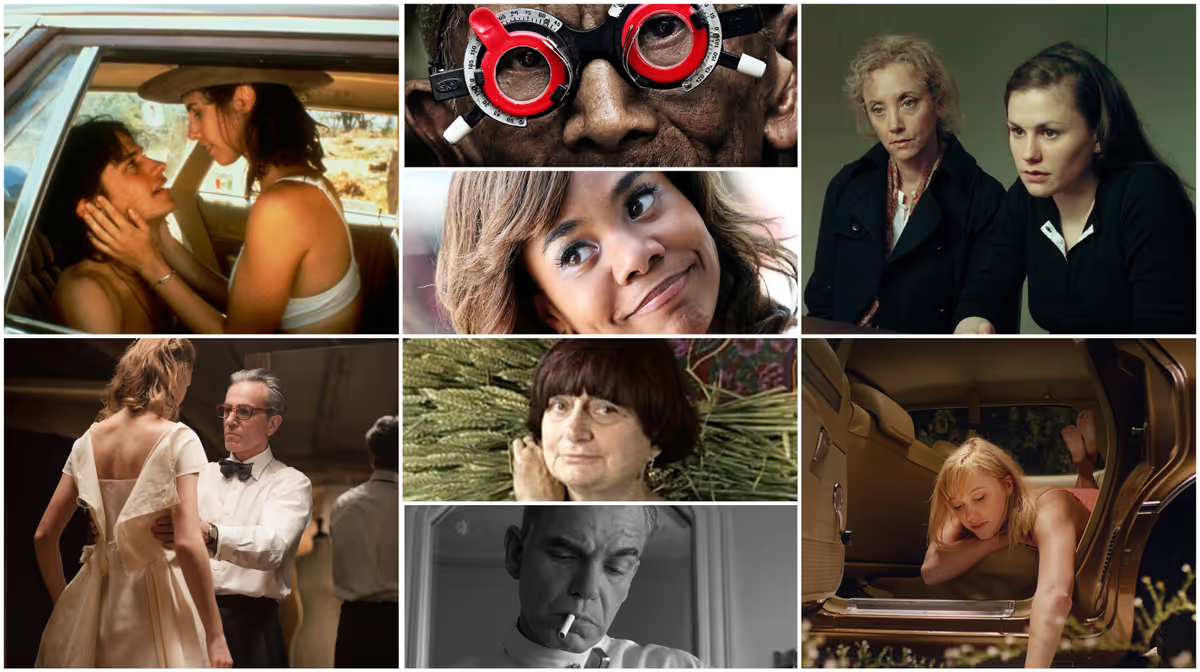
When we decided to take The Reveal to Ghost, we knew we had to make our first posts on the new platform special. And, sure, we understood we wouldn’t be alone in tallying up our favorite films of the 21st century* so far. We didn’t, however, realize that we’d be doing so in the shadow of the New York Times doing the same on a much more massive scale, But, hey, it’s a pretty amazing package that we’re still sorting through ourselves and we’re not really about massive scales here at The Reveal, so that’s fine. These are our favorites, just the two of us.
A window into our process: Each of us compiled a list of 30 films then convened to The Reveal’s meeting room (Scott’s kitchen table) and sculpted the list. In the end, it came together pretty easily. Exactly ten films turned up on both our lists. That gave us our top ten, which you can read about tomorrow. For the next ten, we each chose five films that we could not imagine any such list not including. Then, for the final ten slots, we discussed which films we both loved enough to include. The end result: the list you’re about to read.
All that being said, it wasn’t an entirely painless process.** In choosing 30, we each had compiled a list of about a hundred films. It would be entirely possible to throw out our final list, put together a new list from the discards, and still have a lot of amazing films from which to choose. In many respects, the 21st century has been a tough one for movies, yet great movies still find ways to make it into the world. We hope our list of the best 30 films released between 2000 and 2024—and the movie moment we’ve chosen from each—offers evidence of this while also pointing toward the border world of great films that have been, and continue to be, made in this era.

30. Support the Girls (2018)
Dir. Andrew Bujalski
Why it’s here: With his funny, low-key, day-in-the-life treatment of the women at a second-tier Hooters-like “breastaurant” in Texas, Bujalski channels Jonathan Demme while making a truly great film about American labor.
Movie moment: Among the many fires that she has to put out at Double Whammies, the chaotic business she manages with uncommon grace, Lisa (a brilliant Regina Hall) has to deal with a robbery that she eventually discovers was an inside job. It turns out the burglar is cousin to a line cook named Arturo, who Lisa now has to fire for facilitating the break-in. She does not make a dramatic scene out of it, opting instead to tell him that he can’t work there anymore and that she’s decided to be “generous” that day by not pressing charges against him. Arturo accepts the news and says, “You’re generous every day, Lisa.” It’s in keeping with the spirit of Support the Girls that she understands the bind that he must have been in. Everyone in this world is living paycheck-to-paycheck, and such generosity is essential. —Scott Tobias
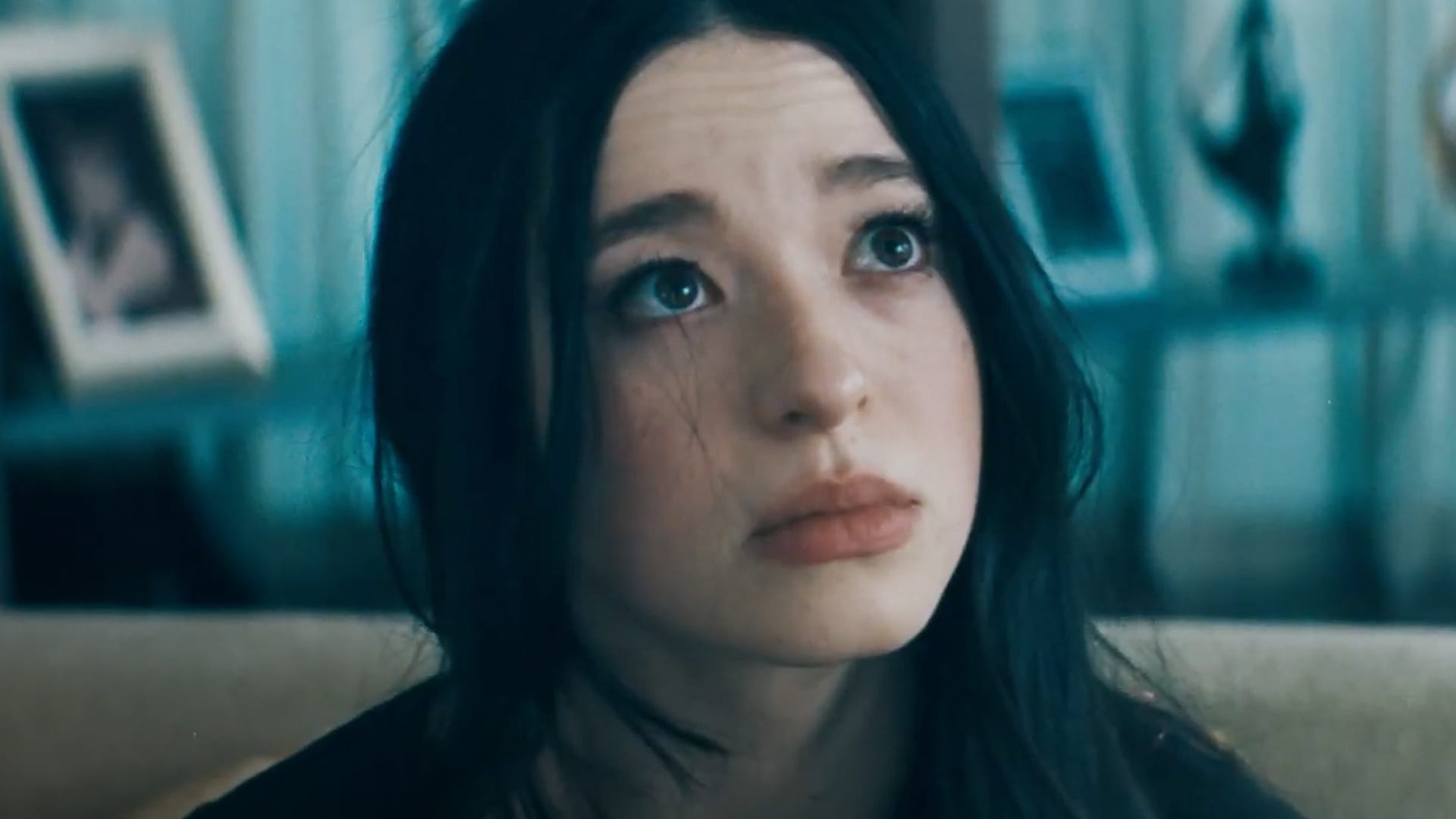
29. Anora (2024)
Dir. Sean Baker
Why it’s here: The story of an exotic dancer from Brighton Beach named Ani (Mikey Madison) who finds herself in over her head after marrying Ivan (Mark Eydelshteyn), the son of a Russian oligarch, it’s very much of a piece with writer and director Sean Baker’s previous work. Baker has come to specialize in funny, heartbreaking, sometimes chaotic, and always sympathetic looks at Americans living on the margins. With Anora, he focuses on a heroine whose defiance almost, but never quite, masks her vulnerability.
Movie moment: Unsure of the seriousness of Ivan’s proposal toward the end of a hedonistic Las Vegas getaway, Ani negotiates a three-karat diamond ring before saying yes. Then, at the wedding chapel and, later, beneath the LED fireworks of the Downtown Container Park, she wears what appears to be an expression of genuine joy. The film has provided ample reason to believe this dream-come-true will go wrong. In fact, even Ani seems to understand that it’s unlikely to last, which partly explains her insistent negotiating. But it’s hard not to get swept up in the giddiness of it anyway, at least until the moment passes. —Keith Phipps

28. The Look of Silence (2014)
Dir. Joshua Oppenheimer
Why it’s here: You can take your pick between Oppenheimer’s 2012 documentary The Act of Killing or this follow-up/companion piece, but together they reckon with Indonesian genocide and its aftermath with unshakeable power. This gets the slight edge for its focus on a middle-aged optometrist still shaken by his brother’s murder.
Movie moment: The devastating reality of the ’65 genocide in Indonesia is that many of its perpetrators were folded back into society, some in positions of significant political power, which is why a significant number of crew members on both films are credited as “anonymous.” One disarming aspect of The Look of Silence is that Adi Rukun, the optometrist seeking to confront his brother’s killers, approaches them first in a professional capacity before edging into uncomfortable conversations. In one such scene, he examines his own uncle, who was a guard responsible for dispatching prisoners out to be murdered, including the man’s nephew, who he chose not to protect. Historical evils proved more decisive than the bonds of family. —ST
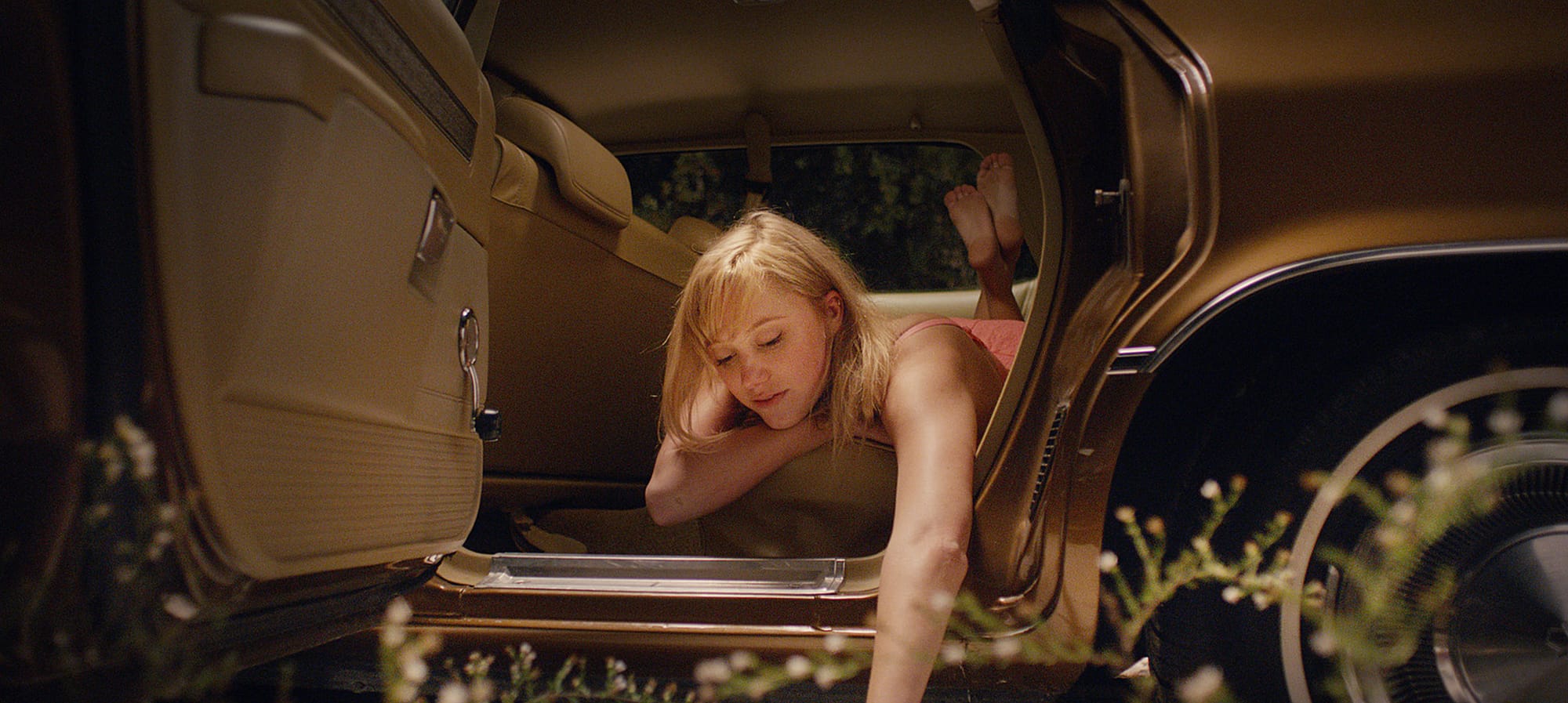
27. It Follows (2014)
Dir. David Robert Mitchell)
Why it’s here: Our choice for the best horror film of the millennium so far, Mitchell’s innovative conceit of a relentless, unstoppable, shape-shifting being that pursues a would-be victim—and is shakable only by sexual intercourse—is sharply observed and technically dazzling.
Movie moment: The obvious choice here would be the famed sequence where our heroine (Maika Monroe) is tied to a chair as the being creeps toward her from afar, but just as good is a scene at a high school where a group of teenagers are trying to investigate the creature’s origins. Mitchell cracks up the discordant soundtrack to set an uneasy feeling of anticipation while the camera does a slow, 720-degree pan around the hallway and through the windows leading out to the campus grounds. As viewers weaned on horror films, we know that something is out there, but Mitchell holds off on giving us the satisfaction and relief of knowing where it might be and if it will appear. We just have to live with being unsettled. —ST
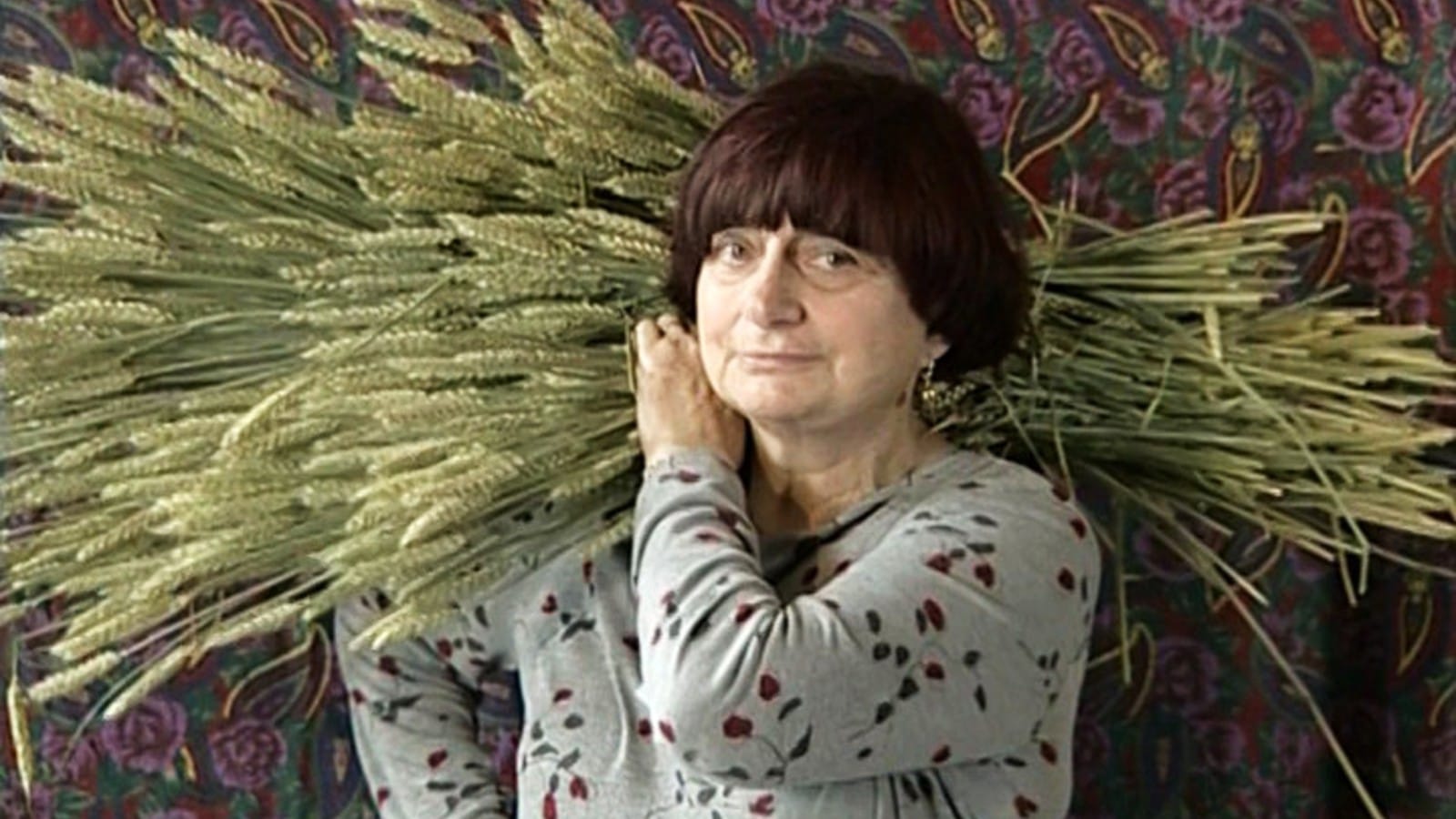
26. The Gleaners and I (2000)
Dir. Agnès Varda
Why it’s here: At a time when most of her contemporaries were slowing down, hanging it up, or lamenting the changing world of film, Agnès Varda embraced the budget- and travel-friendly world of digital filmmaking with this structurally loose, thematically cohesive look at those who live off what others leave behind, from those who gather agricultural rejects to artists who make new creations out of trash.
Movie moment: On the road, Varda playfully frames shots of her hand “grabbing” trucks her car passes on the road, creating a string of silly images that becomes hypnotic and takes on added meaning the further she stretches the scene. Here, at the dawn of the 21st century, is a filmmaker finding new ways to capture the world and to explore places that otherwise might have remained unknown and undiscovered if not for her restlessness and curiosity. —KP
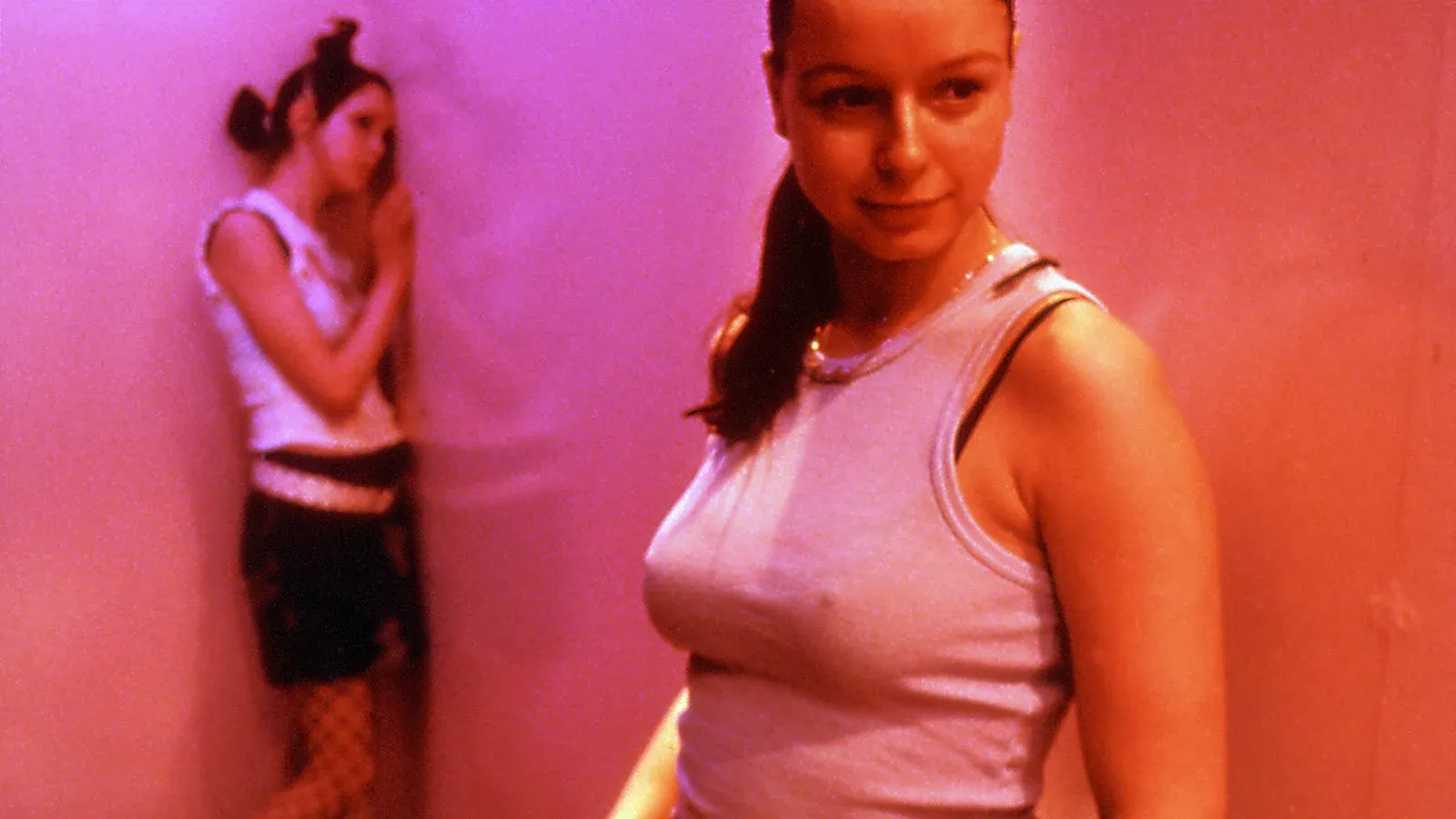
25. Morvern Callar (2002)
Dir. Lynne Ramsay
Why it’s here: Working from a book by Scottish novelist Alan Warner, Ramsey pulls off the exceedingly difficult task of giving visual life to the grief of the title character, a young supermarket worker (Samantha Morton) who loses her boyfriend to suicide on Christmas morning.
Movie moment: Among the few items Morvern’s boyfriend leaves behind is a mixtape full of eclectic songs that play throughout the film, none more memorably than Lee Hazlewood and Nancy Sinatra’s “Some Velvet Morning,” which pokes into the film toward the conclusion like a small ray of light at the end of an exceedingly dark tunnel. The camera drifts through the supermarket as Morvern walks through the aisles with the Walkman headphones that she’s been using to suppress her sadness and keep the world at bay. She’s just heading into the break room to clock in for another shift, but the lyric (“some velvet morning when I’m straight”) hints at the possibility that she can also turn the page. —ST
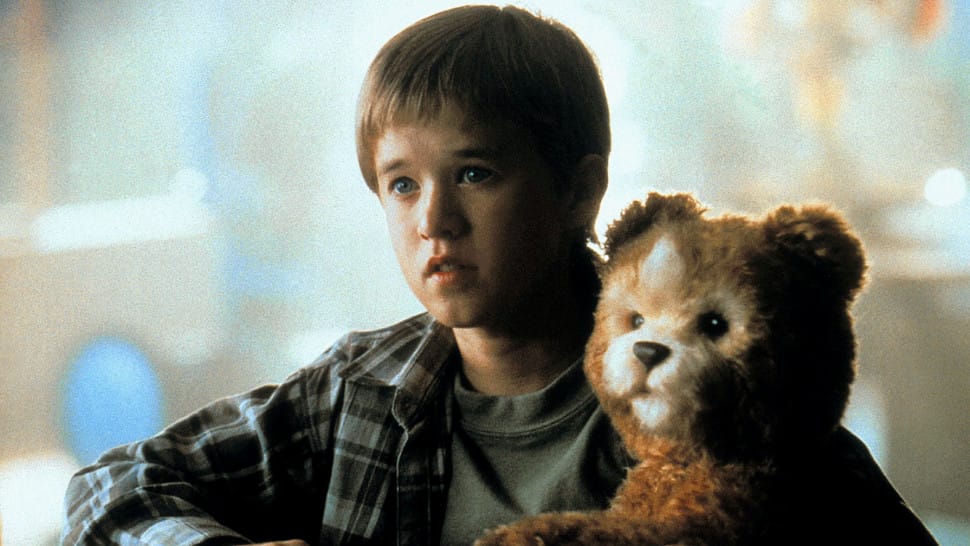
24. A.I. Artificial Intelligence (2001)
Dir. Steven Spielberg
Why it’s here: Continuing a projectstarted by the late Stanley Kubrick about the Pinocchio-like odyssey of David (Haley Joel Osment), a child-like android who’s adopted and abandoned by a grieving family, Spielberg spins a dark fairy tale out of his unique connection to the young.
Movie moment: “I thought this would be hard for you to understand. You were created to be so young.” This shattering line arrives towards the end of A.I., as David’s quest to find the human mother who left him millennia before finally meets with the miraculous opportunity of a simulated “last day” with her, courtesy of evolved machines called “Mechas.” Some critics of the divisive ending accused Spielberg of cheap sentimentality, but this one line suggests the much sadder conclusion that he’s engineered never to grasp the reasons why he was ever abandoned. He’s just a child who wants his mommy, and his innocence pierces the heart. —ST
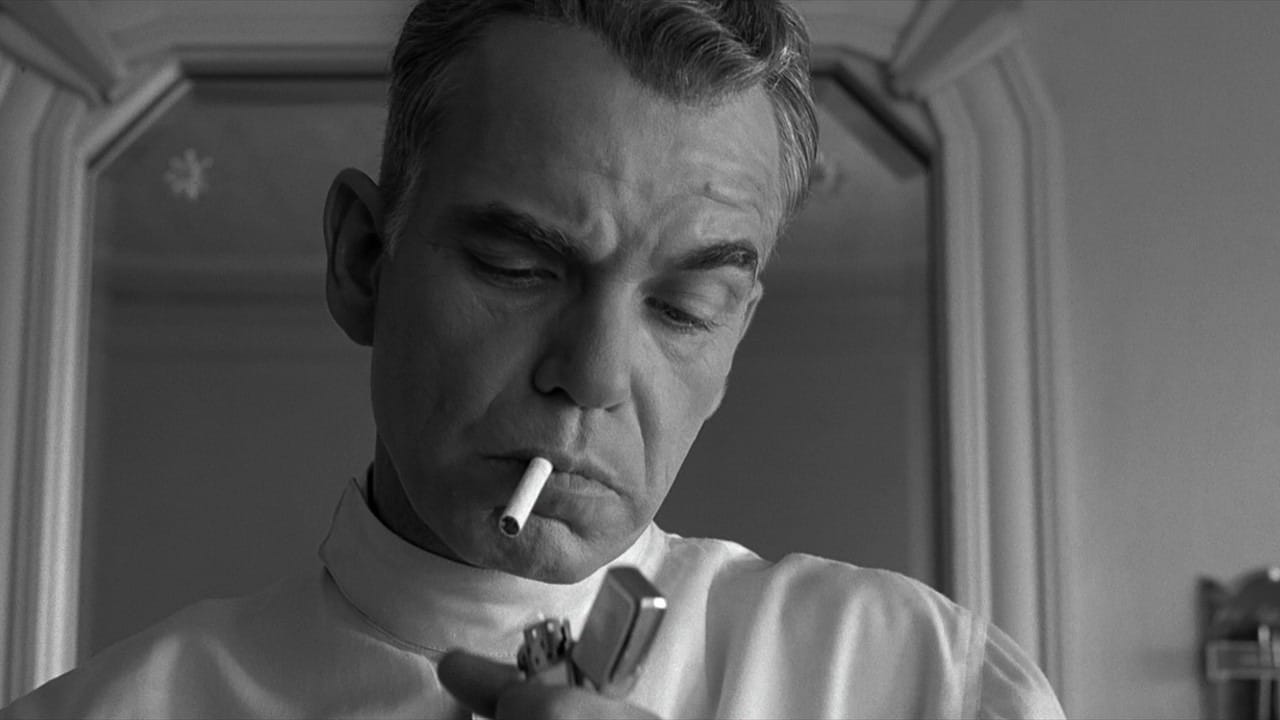
23. The Man Who Wasn’t There (2001)
Dir. Joel Coen
Why it’s here: A noir homage that doubles as a warehouse of mid-century obsession from existentialism to UFOs, Joel and Ethan Coen’s follow-up to the previous year’s wildly successful O Brother, Where Art Thou? swerved from wild colors to moody monochrome for the story of a terse California barber named Ed (Billy Bob Thornton) whose life takes a murderous turn.
Movie moment: In bed with his wife Doris (Frances McDormand), Ed recounts how they met in voiceover until a phone call from Doris’ lover Big Dave (James Gandolfini) interrupts his reverie. Ed leaves to meet Big Dave, whom he’s attempting to blackmail, at the department store Dave owns. There Dave repeatedly asks Ed a question Ed can never answer—”What kind of a man are you?”—before Ed murders him, then returns to the bed he shares with Doris, his voiceover resuming the story at the moment he’d left off. —KP
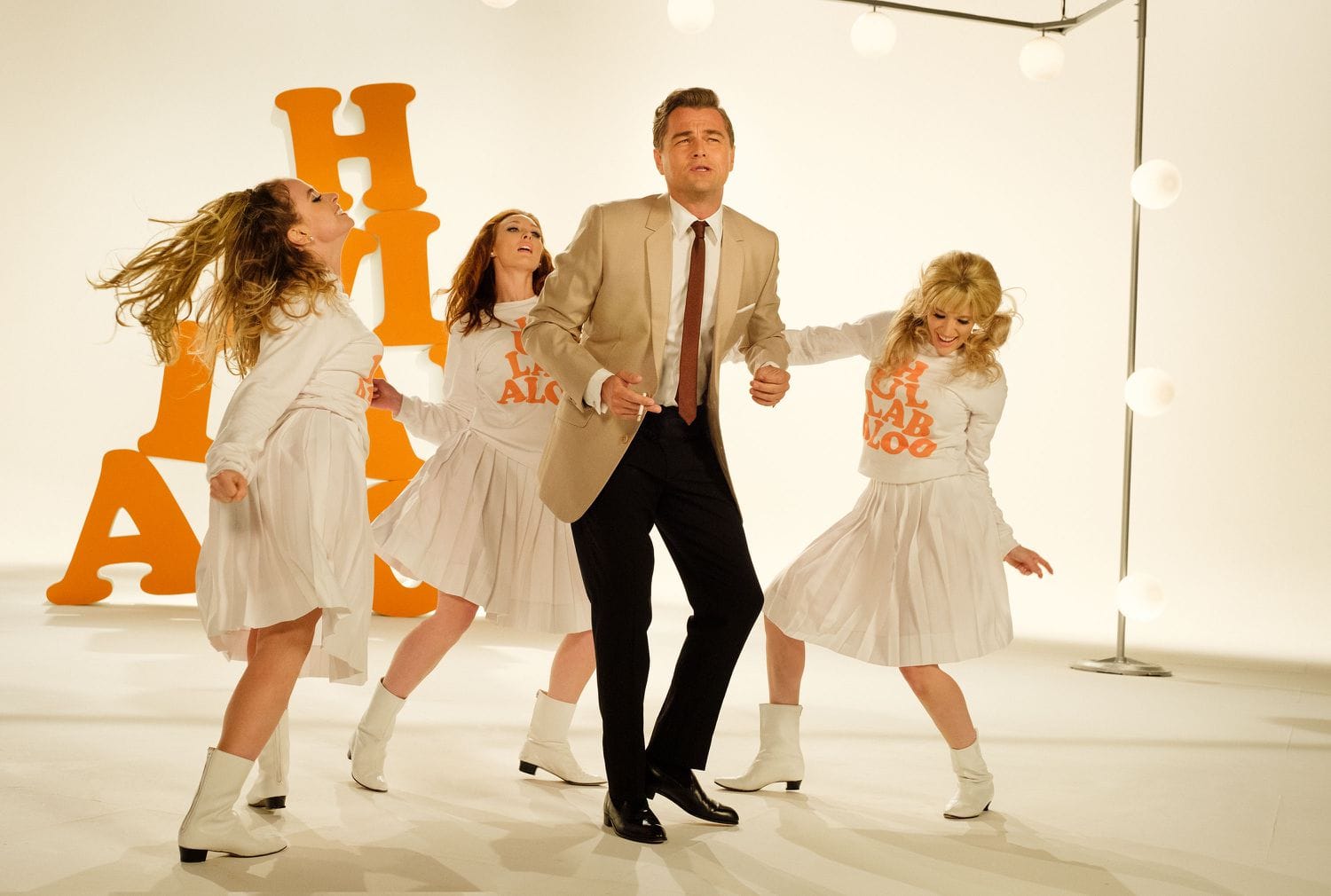
22. Once Upon a Time… in Hollywood (2019)
Dir. Quentin Tarantino
Why it’s here: Quentin Tarantino’s apparently penultimate film works as a memory trip through the Los Angeles of Tarantino’s youth, a behind-the-scenes look at the sometimes unglamorous course of movie stardom, and an attempt to steer history toward a kinder outcome (not counting the occasional flamethrower death). Leonardo DiCaprio, Brad Pitt, and Margot Robbie co-star as, respectively, Rick Dalton, a star attempting to stay relevant in a changing industry; Cliff Booth, Dalton’s his longtime stunt double/assistant/sidekick, and Sharon Tate, Dalton’s movie star neighbor.
Movie moment: On the set of a pilot for a TV western, Dalton attempts to relax between takes by reading a paperback and chatting with his serious, assured young co-star (Julia Butters). When asked to describe the book he’s reading, Dalton offers a summary of its plot, the tale of an aging cowboy named “Easy” Breezy. Describing a scene in which Easy has begun to come to recognize that he’s becoming “slightly more useless each day,” the parallels to Dalton’s own life seem to catch him by surprise. He begins to weep. —KP
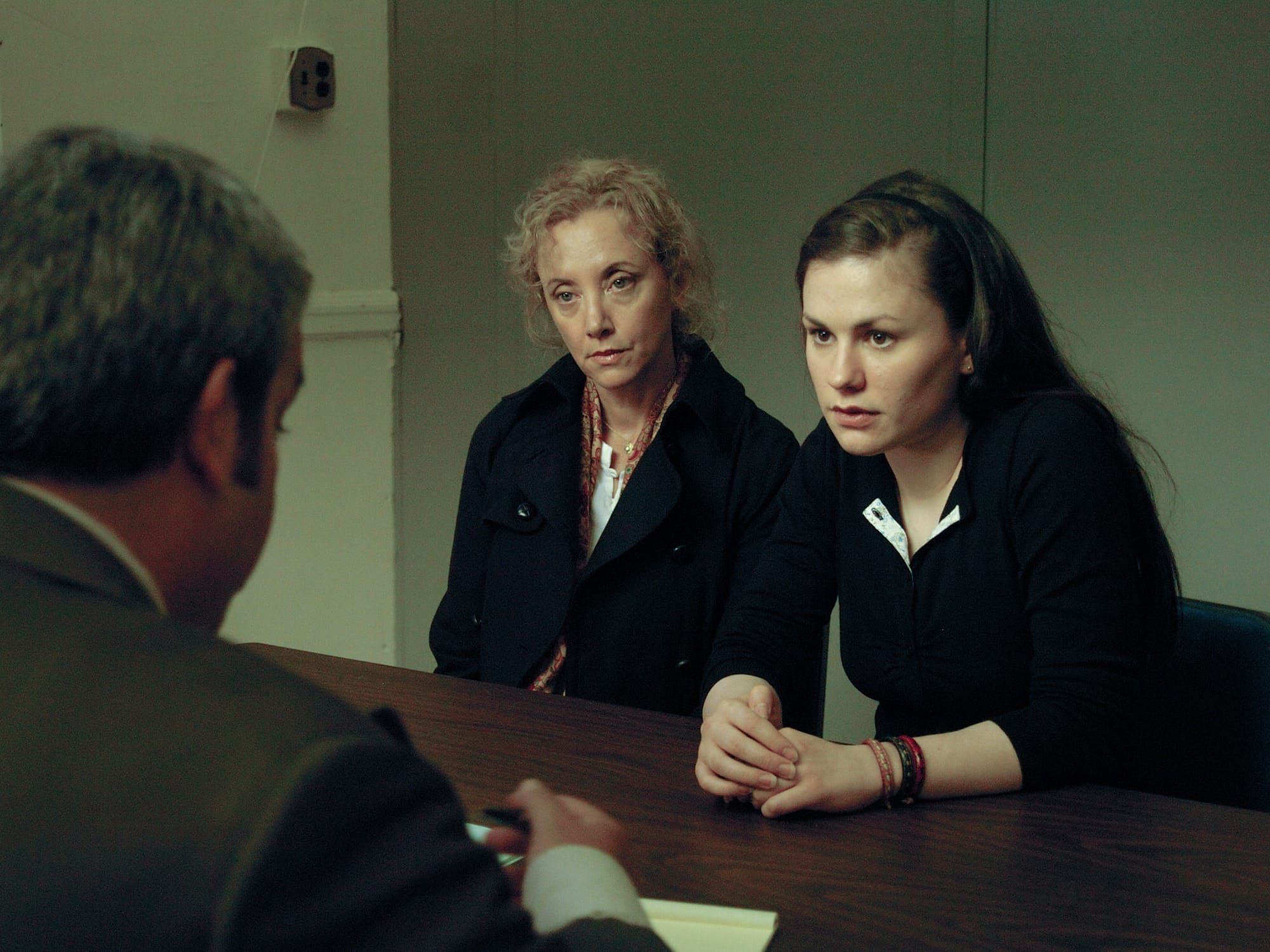
21. Margaret (2011)
Dir. Kenneth Lonergan
Why it’s here: Lonergan’s follow-up to You Can Count On Me was mired in post-production and legal issues before Fox Searchlight gave it a brief mercy killing in theaters. Yet it’s rightly gained a critical following for its sympathetic yet uncompromising portrait of 17-year-old Lisa Cohen (Anna Paquin), who witnesses a bus accident in New York and gets caught up in its messy aftermath.
Movie moment: There are almost too many great individual moments to count, but one standout involves Lisa’s relationship with Emily (Jeannie Berlin), the best friend of the pedestrian who died in the accident. Though Lisa presents herself as a helpful witness for a wrongful death lawsuit that Emily and the victim’s cousin bring against the MTA, Emily turns on her sharply in one scene, accusing Lisa of spinning the loss of her friend into her own personal drama. It’s a moment that underscores Lonergan’s willingness to question his heroine’s maturity, which causes her to make many mistakes in her pursuit of a righteous outcome. She deserves to be chastened for her narcissism in treating Emily’s loss as her own moral playground, but Lonergan loves her anyway. She’s young. And she’s learning. —ST
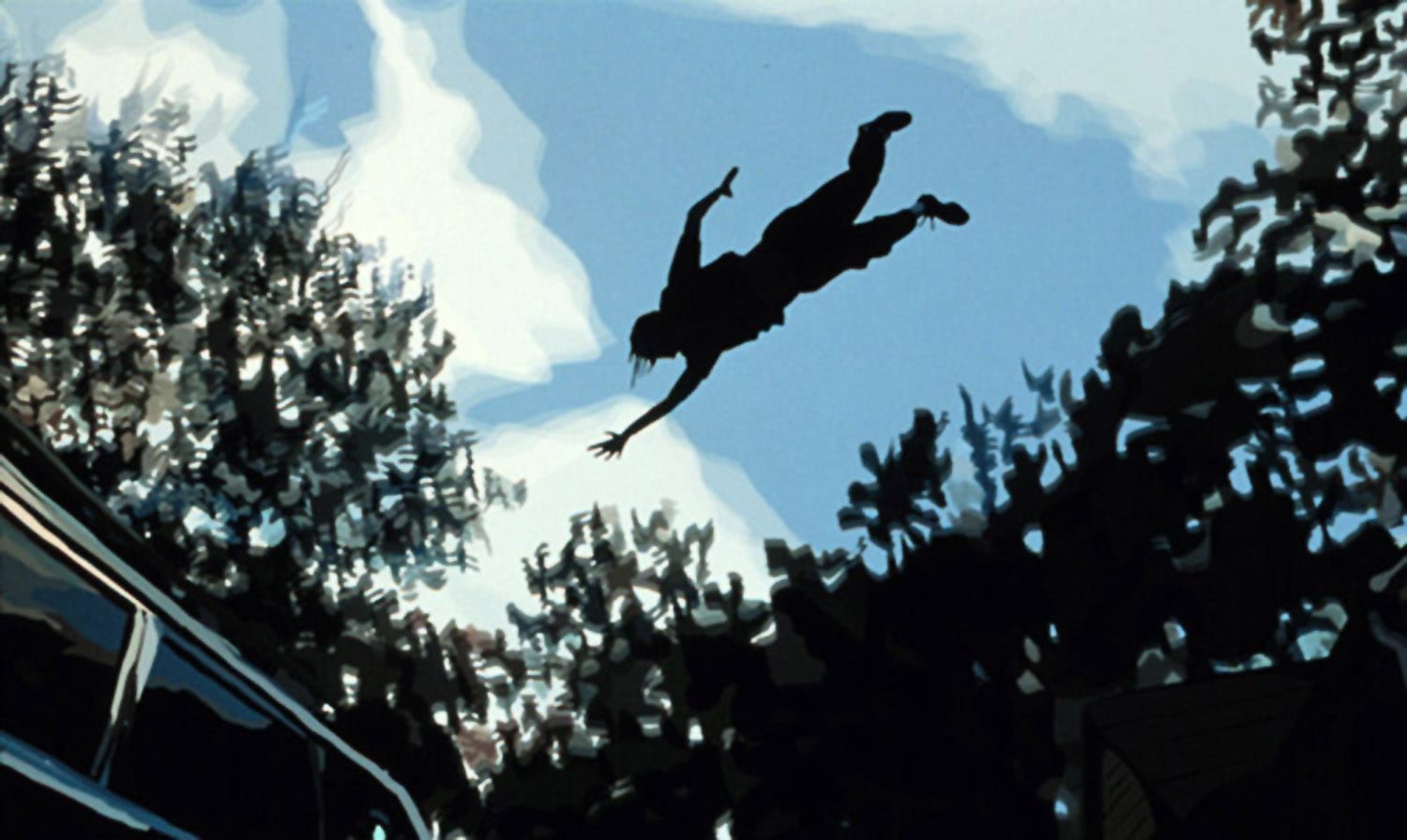
20. Waking Life (2001)
Dir. Richard Linklater
Why it's here: A kind of animated companion piece to Linklater's Slacker, Waking Life depicts the inner life of a protagonist who comes to realize he's dreaming, a state that allows him to witness and to interact with a variety of characters, ranging from Linklater's Before Sunrise co-writer Kim Krizan (and that film's protagonists) to hatemonger Alex Jones (back when he was a local Austin character), who offer their views of life.
Movie moment: A trip to New York brings in famed tour guide Timothy "Speed" Levitch, who delivers a spiel about dreaming laced with literary and artistic references and bits of New York history as he attempts explain his take on the "ongoing wow" we call existence. – KP
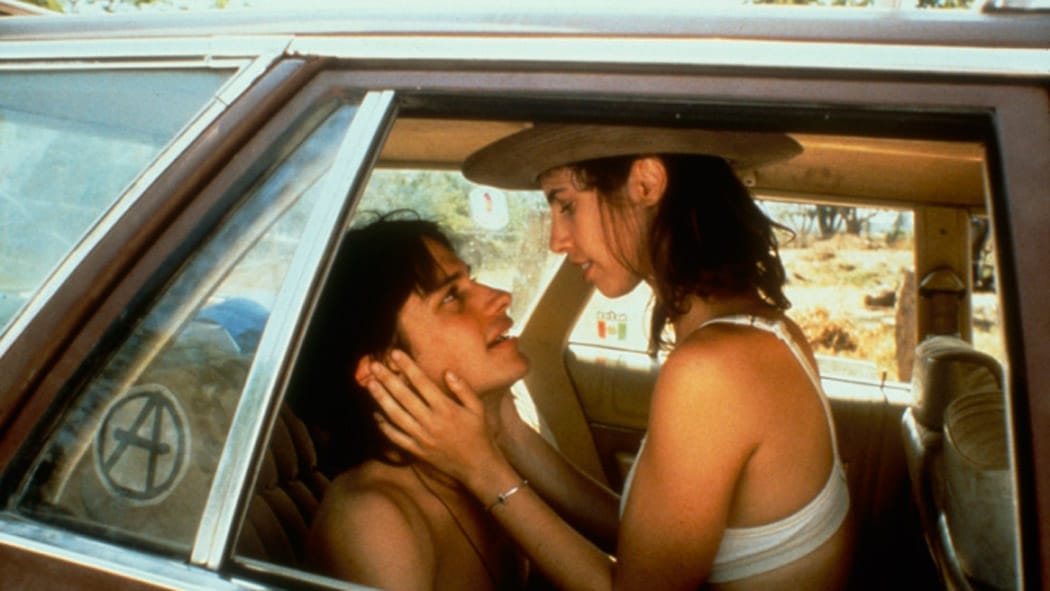
19. Y Tu Mamá También (2001)
Dir. Alfonso Cuarón
Why it’s here: After his coolly received adaptation of Great Expectations, writer-director Alfonso Cuarón returned to Mexico to create a snapshot of the country at the turn of the millennium via a film whose plot sounds like the set-up for a dirty joke. Diego Luna and Gael Garcia Bernal stars as, respectively, Tenoch and Julio, high school friends from different points on the economic spectrum who take a road trip with Luisa (Maribel Verdú), the beautiful, unhappy wife of Tenoch’s cousin. The boys’ desire for their companion throws their friendship out of balance as they make their way to a promised unspoiled beach that they’ve made up to impress her.
Movie moment: A smiling Luisa, who always dreamed of seeing the world, tells her companions about her first love, whom she had planned to accompany to the French Riviera. When she reveals that he was killed in a motorcycle accident at 17, the boys go silent. Then the soundtrack drops out apart from the voice of the narrator, who reveals that the stretch of road on which they’re traveling was the site of a horrific car crash ten years earlier, just before the camera captures a pair of lonely crosses commemorating the fatalities still standing at the top of the hill. This trip may not end as they planned. —KP

18. Rachel Getting Married (2008)
Dir. Jonathan Demme
Why it’s here: The Demme touch. There’s plenty of drama inherent in the premise of a recovering addict (Anne Hathaway) getting leave from rehab to attend her sister’s wedding, but Demme and his actors bring unmistakable warmth and vibrancy to an event that threatens to go off like a powder keg at every moment.
Movie moment: While there are many scenes where Hathaway’s past mistakes and current recklessness throws the family into disarray—the rehearsal dinner speech springs immediately to mind—a lighter sequence where the father of the bride (Bill Irwin) and the bridegroom (Tunde Adebimpe) have a frenzied dishwasher-loading contest is so eccentric and specific that it could only come from real life. This joyful scene takes a quick turn, however, when Hathaway adds a plate that belonged to her little brother, whose death is her responsibility. The emotional whiplash clarifies the crisis of a family that cannot salve the wounds of its past, no matter how hard everyone tries. —ST
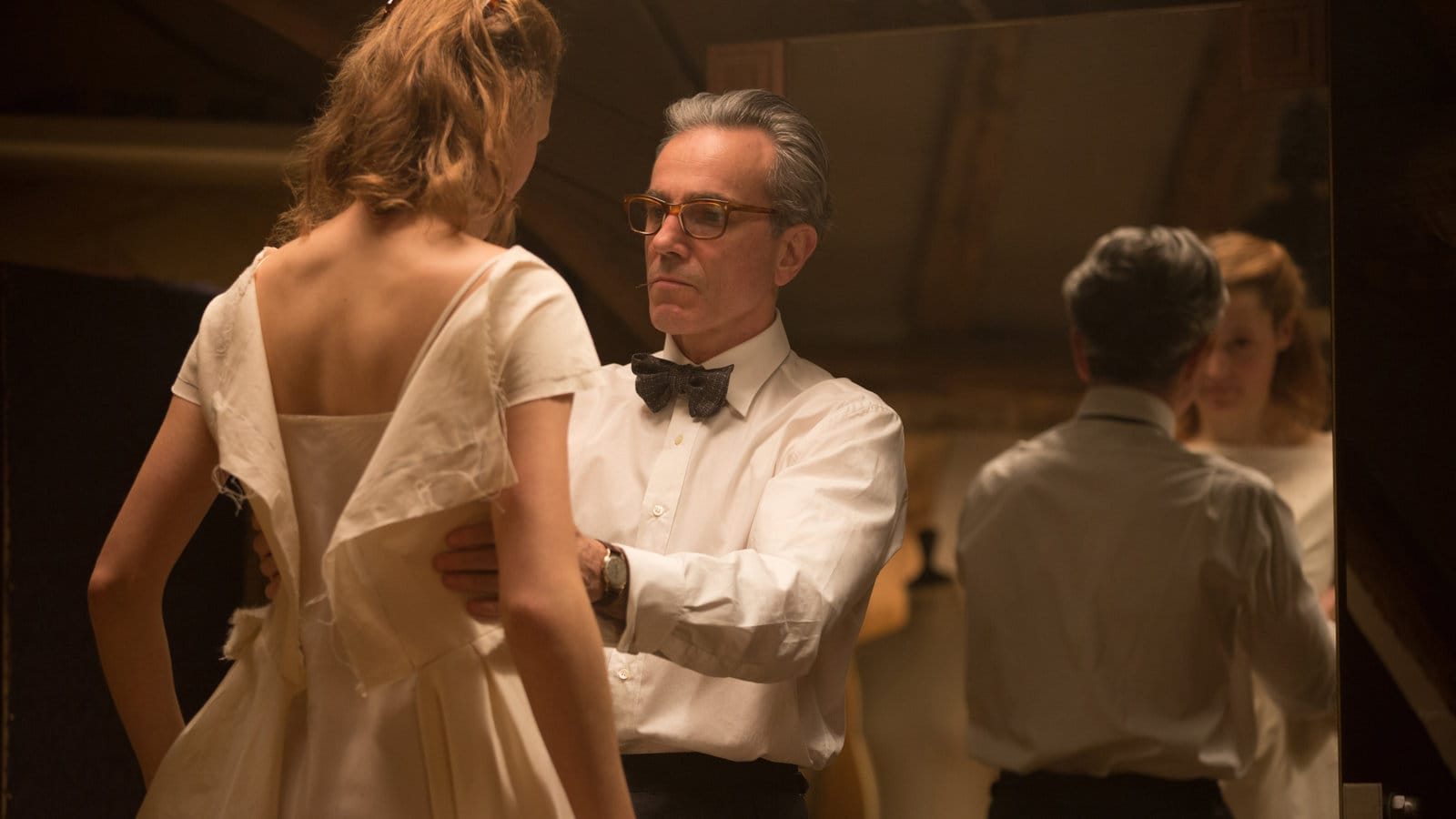
17. Phantom Thread (2017)
Dir. Paul Thomas Anderson
Why it’s here: Part swooning romance, part commentary on the mind of an uncompromising artist, Anderson’s captivating period piece about a high-end British dressmaker (Daniel Day-Lewis) and his muse-turned-partner (Vicky Krieps) in ‘50s London explores the shifting power dynamic between the couple while teasing out its possibilities.
Movie moment: Reynolds Woodcock (Day-Lewis) has a habit of discarding lovers who interfere in the rigors of his life and work—he usually has his sister (Lesley Manville) do the dumping for him—but Alma (Krieps) is not only determined to keep their relationship going, but to claim some leverage for herself. And so for his birthday, Alma makes a special surprise meal for his birthday, knowing that he hates surprises, and cooks his asparagus in butter, knowing that he prefers oil. His reaction is comically flustered (“Are you sent here to ruin my evening, and possibly my entire life?”), but it sets the stage for a larger confrontation later, when Alma asserts herself in shaping the man she needs, rather than always acquiescing to his demands. —ST
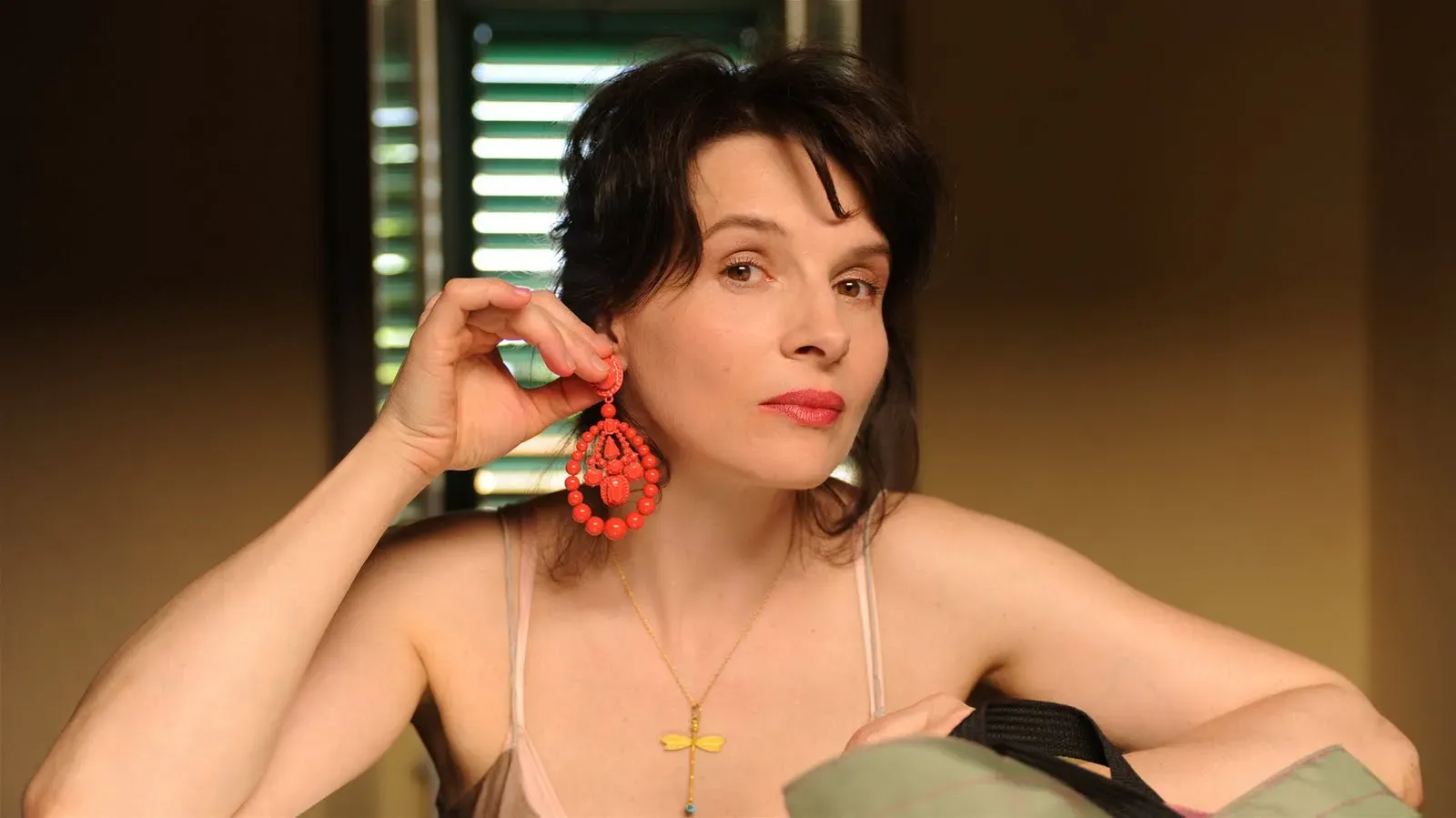
16. Certified Copy (2010)
Dir. Abbas Kiarostami
Why it’s here: Iranian director Abbas Kiarostami had an innate understanding of how film could bend our perceptions of reality without special effects, as evidenced in everything from his quasi-documentary Close-Up to the final moments of Taste of Cherry. One of Kiarostami’s final efforts, Certified Copy stars Juliette Binoche as a never-named French antiques dealer living in Tuscany and English opera singer William Shimell as James Miller, an art theorist whose latest book, Certified Copy, questions the validity of the accepted concept authenticity.
Movie moment: Though strangers, the antiques dealer and Miller spend a day together, where they fall into a string of intense conversations. While stopping at a cafe (at, perhaps not accidentally, the film’s midpoint), they’re mistaken for husband and wife. When Miller leaves to take a call on his cell phone, the antiques dealer runs with the assumption. In his absence, she tells the cafe owner intimate details of her life with Miller and their 15-year marriage, complaining about his work habits as the cafe owner tries to reassure her that she has a good husband. When Miller returns, the antiques dealer reveals the game she’s been playing to him. Miller plays along, but when they leave the cafe, something has changed between them.
Tomorrow: Our picks for the century’s best films to date.
* Sorry, chronology pedants, but we’re starting with the year 2000. You’re 100% correct but, to paraphrase a Lou Reed lyric, we like round numbers.
** Apologies to Walk Hard: The Dewey Cox Story. We tried to find room for you.

Discussion